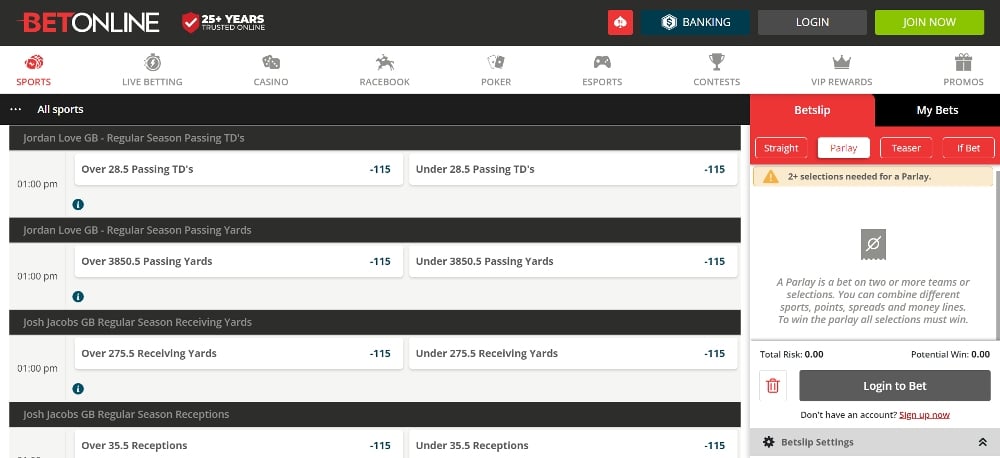Alternate receiving yards refer to production gained by secondary receivers when defenses overly focus on stopping a primary target. Maximizing this leverages defensive schemes to create open opportunities for your WR2 and WR3.
Core Principles
Defenses prioritize neutralizing the WR1, often utilizing double-teams or top corner coverage. This creates predictable gaps elsewhere:
- Coverage Shifts: Rolling safeties towards WR1 leaves single coverage outside or voids in intermediate zones.
- Linebacker Mismatches: Heavy focus deep can isolate WR3 against LBs in shallow crossers or drag routes.
- Split-Safety Exploitation: WR2 opposite an overloaded side finds favorable matchups on backside digs or posts.
Execution Strategies
Effective offense capitalizes on these defensive tendencies:

- High-Low Stresses: Stack WR1 on a deep post or corner route with WR2 running an underneath dig or sit route in the same area, forcing coverage choices.
- Crossing Patterns: Mesh concepts (WRs crossing shallow) create natural picks and confusion against man coverage, freeing WR2/WR3.
- Pre-Snap Motion: Motioning WR3 across formation reveals coverage (man or zone) and identifies leverage advantages immediately.
- Backside Isolation: Clear-out concepts targeting WR1 on one side isolate WR2 in 1-on-1 coverage on the opposite side (e.g., slant-and-go).
- Checkdown Elevation: Designated "alert" routes where WR2/WR3 becomes the primary read if WR1 coverage is extreme pre-snap.
Critical Factors for Success
- QB Recognition: Quarterback must quickly diagnose coverage shifts post-snap and progress efficiently to the open alternate receiver.
- Route Precision & Timing: WR2/WR3 must run crisp routes at correct depths, especially against zone, to settle in voids.
- Personnel Versatility: Utilize WRs with diverse skill sets (slot quickness, size for back-shoulders) tailored to attack specific coverage weaknesses exposed by the WR1 focus.
- Run Game Threat: Effective play-action holds LBs and safeties, expanding intermediate zones for WR2/WR3.








